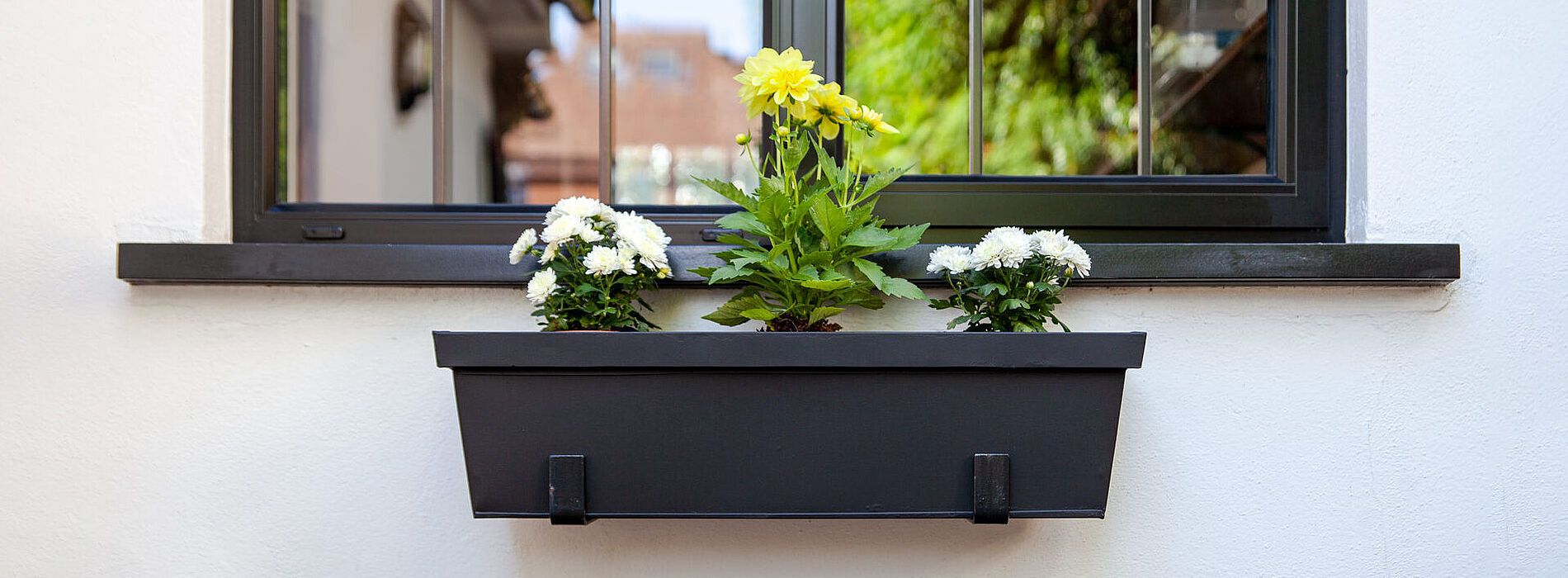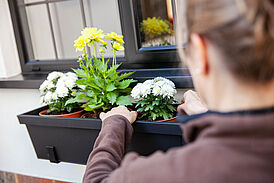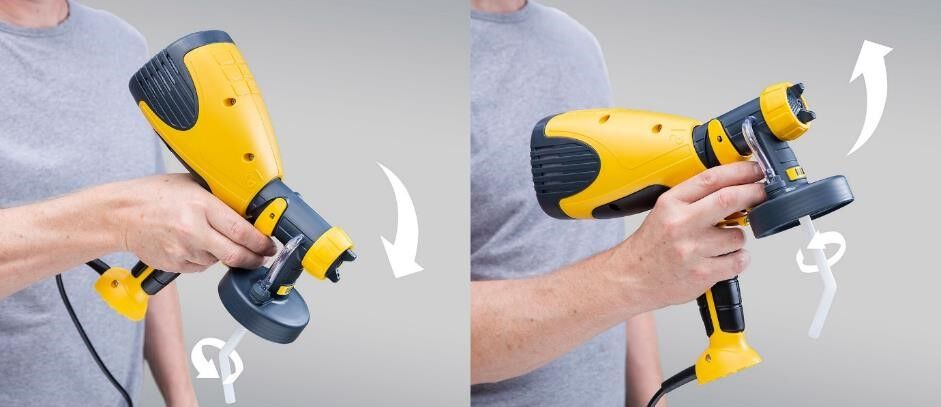Custom Window Boxes
Window boxes are great for displaying flowers and plants. As they are made from wood or metal they can be given a custom paint finish to match your windows and to protect them from the elements.
These aluminium window boxes have been neglected so they need to be painted. Using a brush or roller would be difficult to get into all the corners and edges and achieve a smooth application of paint without visible brush or roller marks. Using a paint sprayer speeds up the application time and achieves a factory finish, making them look like new again. Once you have added some fresh flowers or plants, the window boxes will brighten up your house or apartment windows and add real curb appeal.
We will show you all the required steps to get the custom paint job done.













